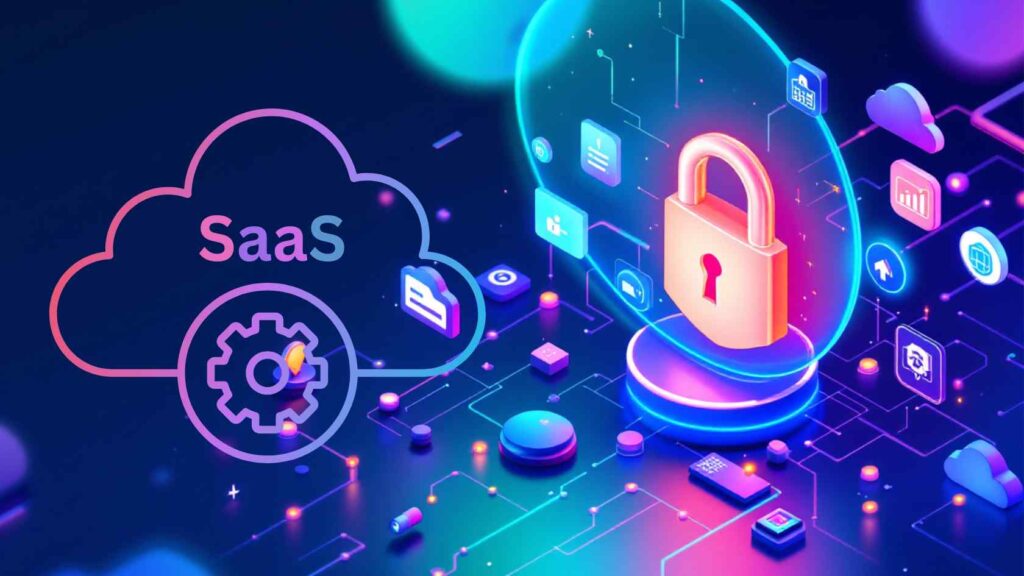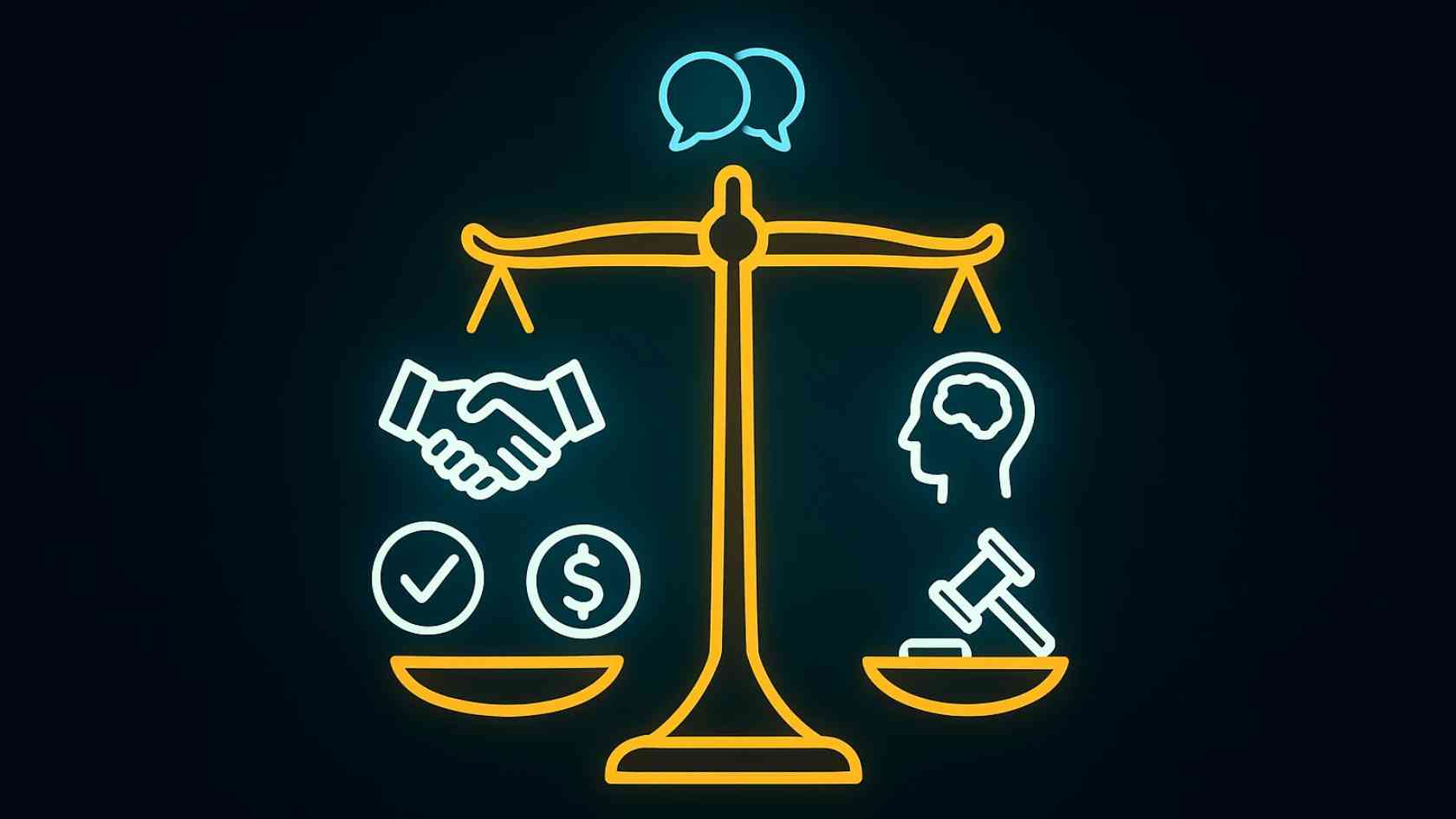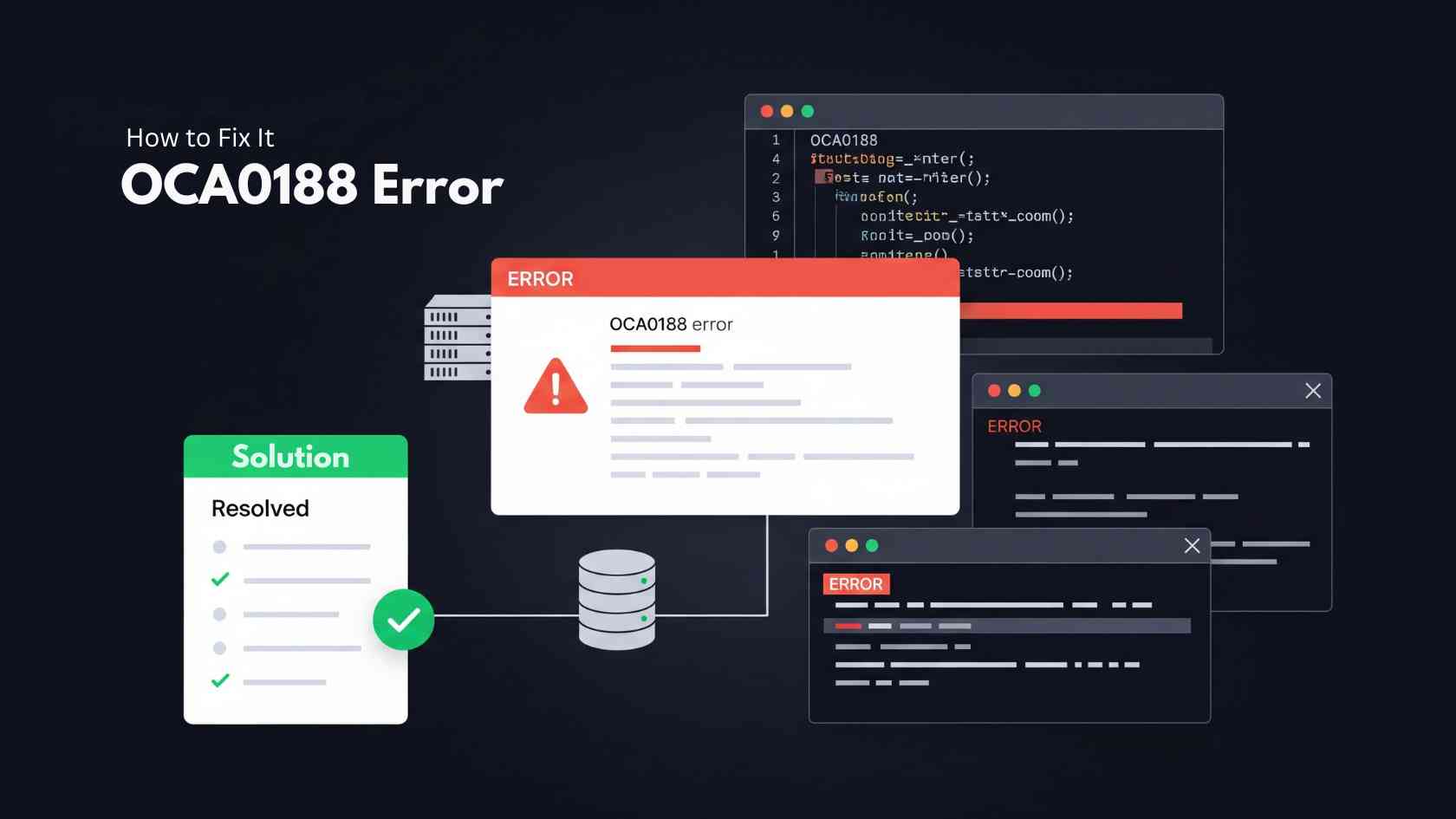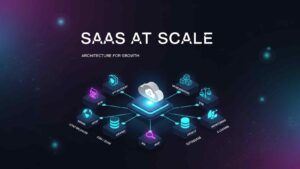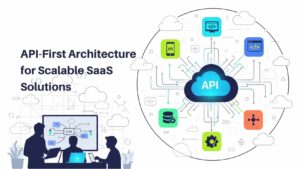The emergence of remote work has transformed the operations of businesses forever. SaaS is now a significant part of business companies use to make teams stay in touch and stay productive. However, this change is associated with new problems, which classic security frameworks were not designed to tackle.
When employees work remotely and log in at home, cafes, coworking spaces, there is a risk to connect to every single employee who becomes a vulnerability to cyber threats. And that implies that secure access is no longer a nice-to-have, it is a mission-critical application. Those risks include data breaches, compliance violations, and expensive downtime in the absence of such a solution. These are not mere technical issues they affect customer confidence and the brand image.
The New Security Landscape for Remote Teams
Contemporary SaaS landscapes are very distributed. Border protection is a thing of the past. Not everything is now covered by your firewall since work is everywhere. Hack criminals have wised up. They are attacking remote workers with increased sophisticated phishing, malware, and social engineering attacks. Lots of distributed configurations such as personal laptops on old home Wi-Fi are not enterprise-quality secure. Even more devastating is the fact that sensitive information can be transferred by hackers with the use of public Wi-Fi.
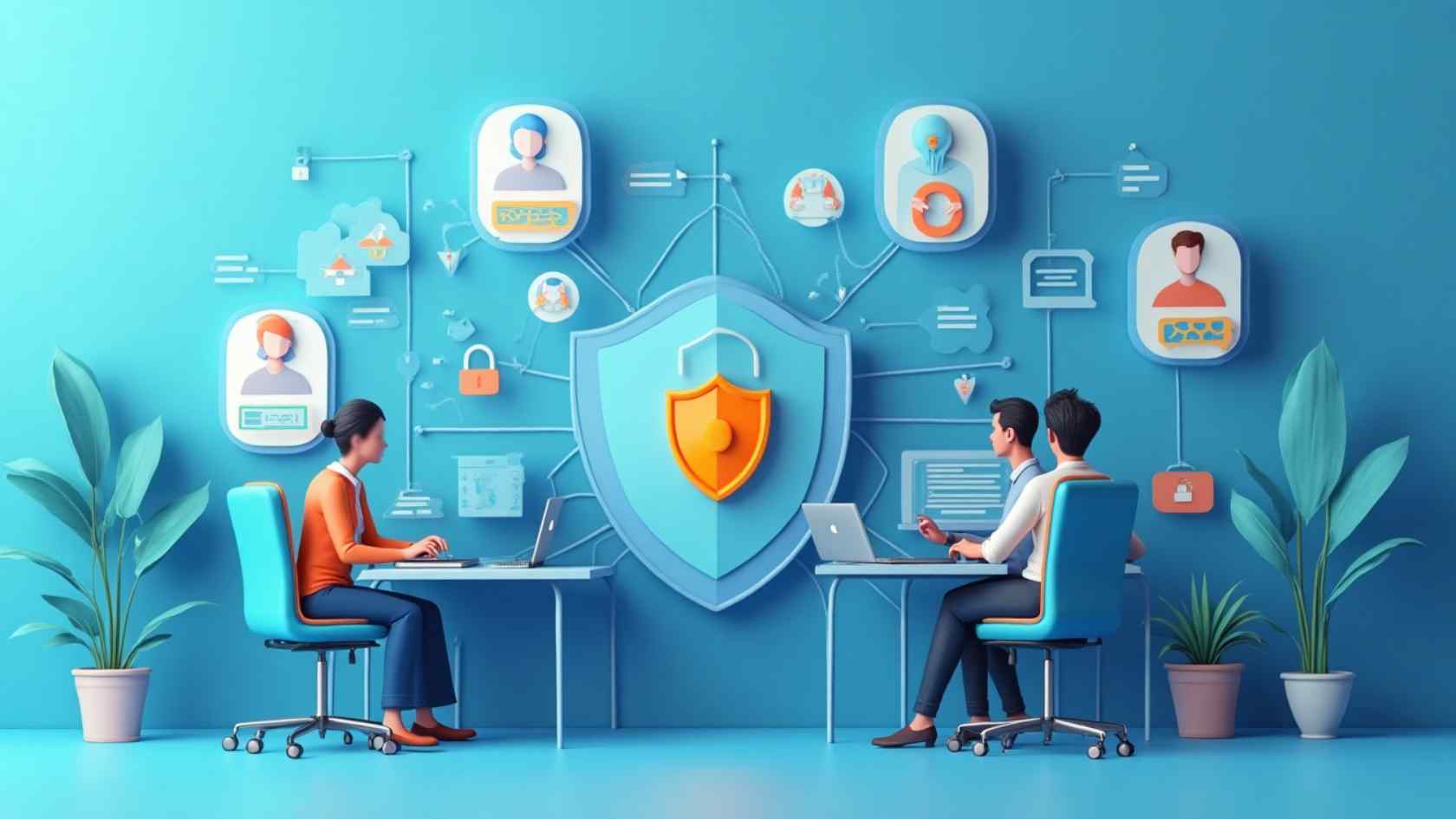
Shadow IT is another emerging problem: workers are installing their own unauthorized SaaS applications to accomplish their work more quickly. Although the act itself is a good idea, it bypasses IT controls and creates new ways of exposure.
VPNs and Layered Security to the Rescue
Companies should have a multi-layered solution to really defend remote SaaS access. VPNs continue to play an important role in the solution, as they establish encrypted connections between users and company systems. However, that is only the beginning.
Here’s what works:
- VPN encryption: Protocols like OpenVPN, WireGuard, and IKEv2 keep data safe, even over unsecured networks. If you need a free VPN for Windows, there are some great options out there that make it easy for both startups and growing teams to stay secure without breaking the budget.
- Zero Trust architecture: Every access attempt is verified based on identity, device, and context. Nothing is trusted by default.
- Multi-factor authentication (MFA): Adds an extra layer beyond passwords, using biometrics or one-time codes.
- Single Sign-On (SSO): Reduces password fatigue while improving security.
- Cloud Access Security Brokers (CASB): Give IT visibility into all SaaS usage, flag risks, and block unsafe behavior.
When used together, these tools make it possible to run a fully remote team without compromising security.
Best Practices for Securing Remote SaaS Access
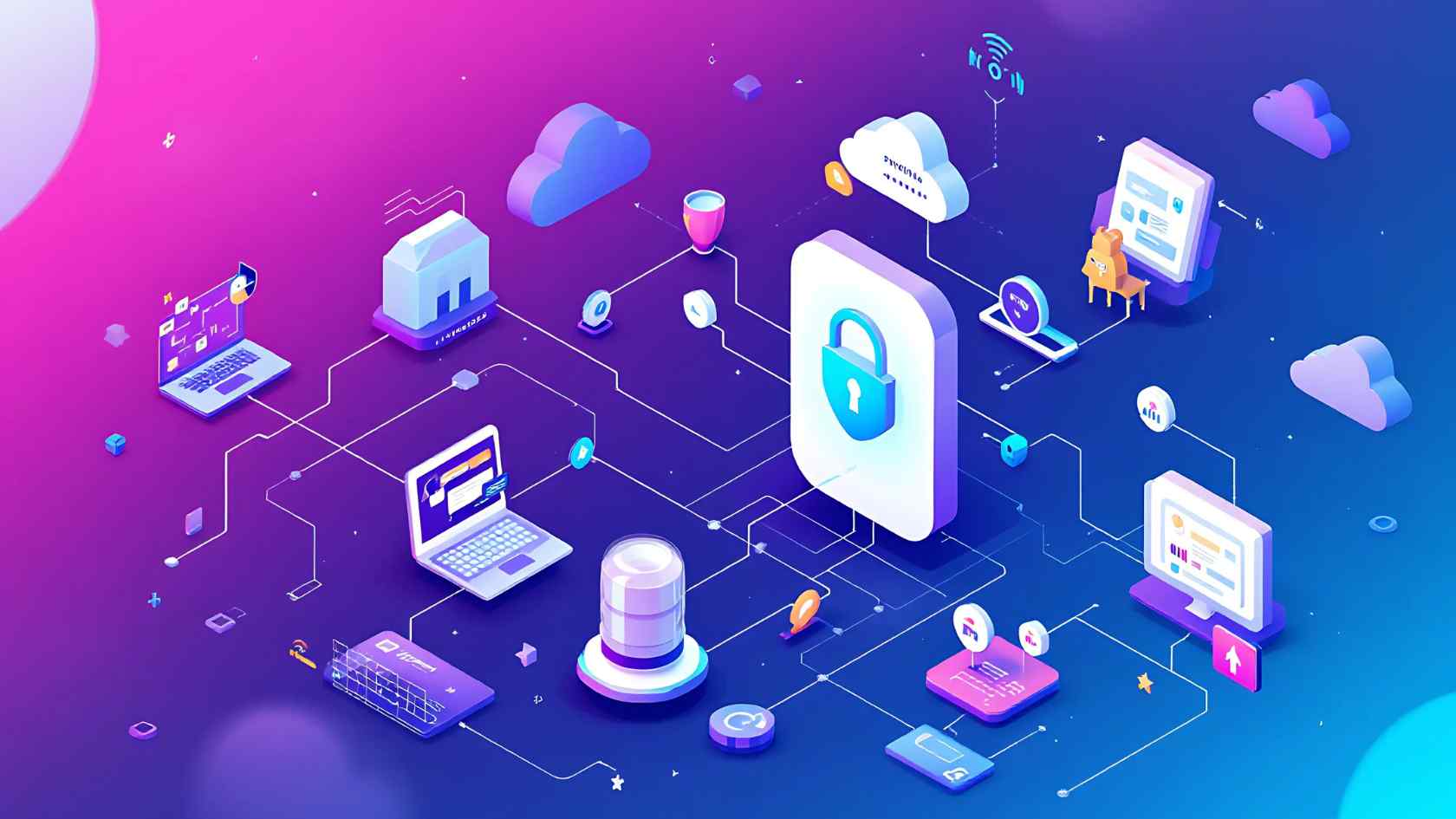
Tech alone isn’t enough—you also need the right policies and training. Here’s what high-performing organizations do:
- Build clear access control policies: Role-based permissions ensure employees only access what they need. Add time-based or location-based restrictions for extra protection.
- Monitor continuously: Track logins, file access, and usage patterns to detect anomalies early. Use automated alerts and link everything to your SIEM for audit readiness.
- Train employees regularly: Teach your team how to recognize phishing, use secure passwords, and follow remote work best practices. Run simulations and track results to measure progress.
Also Read: How ISP Proxies Reduce the Risk of IP Bans in 2025
Investing in Long-Term Remote Resilience
Remote work is not a temporary change; it is a new model. Those companies which take the shift and invest in powerful security roots will be highly agile and competitive.
That has to begin with becoming serious about VPNs, not merely as a quick-fix solution, but as an addition to a comprehensive approach involving Zero Trust, MFA, SSO, and continued coverage. When done in a way, the strategy allows the smooth use of SaaS without compromising security.
The most successful organizations in the long run will be those which take security as an enabler of flexible, efficient work rather than a blocker. Remote access security is not only about safeguarding the information but also about allowing teams to be successful wherever they are.

